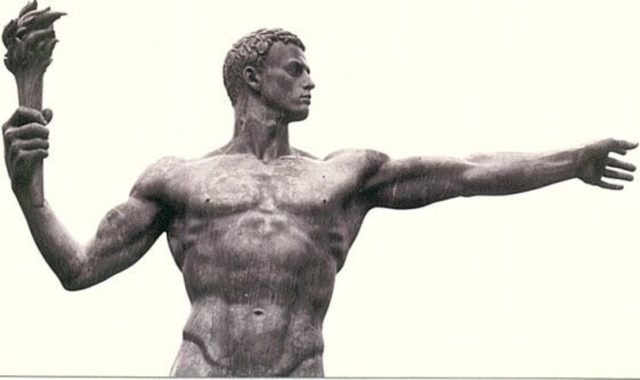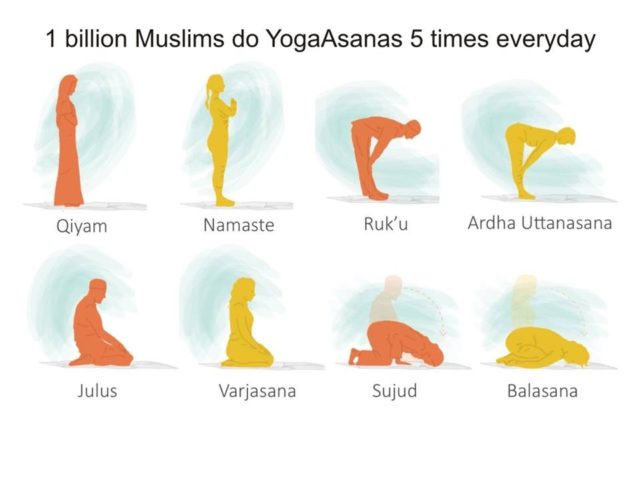The second International Yoga Day was celebrated on June 21st, 2016 in a grand manner. The Indian method of meditation has got an overwhelming response from different parts of the world. But it does not have the same reception in its own homeland. Few sections of the Indian society have opposed the celebration of yoga day. They see it as a religious practice of the Hindus and feel the inclusion of yoga into school curriculum will be against their religious beliefs.
But consider this:
The Olympics is a global sporting event now, but a few centuries ago it was a religious practice of the Greek culture. The Olympic Games were dedicated to the Greek god Zeus. The Olympic torch – an indispensable identity of Olympic Games – was initially associated with the religious relic as well. Now, however, the view of religion in Olympic torch has been removed for a while. It is the way for athletes from various corners of the world to converge in one single place to exhibit their talents.
Yoga’s origin is said to be around 5,000 years back in the Indus Valley civilization. Back then, it was seen as a path to enlighten oneself. This is how yoga began, and nowhere is it said that it is a practice of one particular religion.
The Medieval period was when yoga got the label of a religious practice. Many people were willing to practice this method of mind and body strengthening in that period. The mass sessions were hence conducted in temples to accommodate a bulk of people at a time. The kings then started creating sculptures portraying various positions (aasanas) on the walls of the temples. These sculptures, in due course of time, were worshiped as gods – hence the “outsiders” thought it was a religious act to please these Gods.
When the Indian Central Government had an idea to promote Yoga internationally, some Indians opposed it. They took ‘Surya Namaskara’ as the tool of opposition. They complained that it was the practice of ‘worshiping’ Sun god. But in the Indian history, the practice was simply ‘welcoming’ the sun.
Agriculture was the main occupation in India those times. Sun has a vital role in agriculture. So they had the practice of welcoming the sun every morning with twelve poses. These twelve poses mean two different things. In outer view, it indicated 12 hours of sunshine. In view of scholars, it makes our body connect to the solar cycle. This practice had nothing to do with religion.
As for the claims of yoga being “exclusively Hindu“, here are some factoids: Muslims practice yoga 5 times a day! They pray to move towards the path of truth, which is a concept of Yoga. In this perspective, Yoga can also be seen as practice of Islam.
Christians have accepted Yoga worldwide and see it as one of the best forms of physical exercise. There are even new forms of the exercise developing in western countries. Out of 193 UN members, all countries except Yemen celebrated the inaugural International Yoga Day last year. This includes 44 Islamic countries, and mostly others were Christian.
Yoga is a form of art. It is like music. We do not see the origin of music to enjoy it. Yoga needs such treatment in our country and also around the world. It is a treasure of our country. We must be proud to practice and preach it. If yoga can become a part of the routine in every man’s life then, peace will come into the world on its own.
You may also like to read: Yoga Day Celebrations: Beyond Politics, In Quest Of Inner Peace!







































